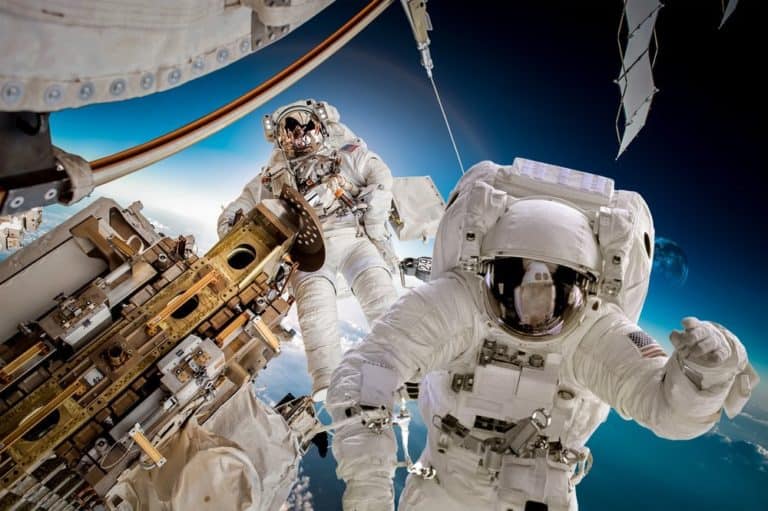Last year, HPE successfully built a supercomputer for the International Space Station (ISS). Today, the company, together with the American space agency NASA, announced that the computer is available to developers and scientists on Earth who want to carry out experiments.
HPE considers it important, first and foremost, for developers and scientists to be able to carry out experiments with equipment located in space. After all, it is once the intention that mankind should go to other planets. In order to do this, computers must also work in other environments.
To Mars
Mark Fernandez, who is the HPC Technology Officer at HPE, states that the project originated from the idea that mankind would one day want to colonize other planets. A Mars mission is planned in a few years’ time, so computers must be able to cope with the conditions in space as well. For this reason, HPE decided to contact NASA and try to develop a computer.
Computers that had been in space until then lacked certain sophistication. In this way, part of the calculation was done in space, but the rest on Earth. This is not possible in view of a mission to another planet, if only because of the distances and delays. And so a computer had to be developed that could do all the work on the spot.
Supercomputer development
The original plan of HPE and NASA was to develop a supercomputer and then assemble it on the ISS. In the summer of 2017, a computer with one teraflop of computing power was built and then launched to the ISS with a SpaceX rocket. It was a computer with Intel Broadwell processors.
The computer then had to be able to handle the G-forces of the launch, the cold temperatures in space and the sun’s radiation. Once installed, it was also necessary to find out exactly how the computer could work in the ISS, which has limited cooling capabilities compared to systems on Earth. That turned out to work, above all through a special software system. Since August 2017 the supercomputer is active and everything works according to plan.
This news article was automatically translated from Dutch to give Techzine.eu a head start. All news articles after September 1, 2019 are written in native English and NOT translated. All our background stories are written in native English as well. For more information read our launch article.